Traditional craft villages bring in higher income than purely agricultural production, especially when combining agricultural production and participating in craft village production activities, their income is much higher than just doing agriculture .
Preserving the cultural values of craft villages is associated with developing the tourism economy to preserve and promote the traditional cultural identity of different ethnic groups, regions, and localities. Arousing the potential, advantages, and traditional values bearing the imprint and brand of the locality and the nation through developing products of craft villages, especially products of traditional craft villages and sophisticated handicrafts associated with conferring, honoring, and developing a team of artisans, skilled workers, and laborers in localities, craft villages, and traditional craft villages. [caption id="attachment_1259376" align="aligncenter" width="960"]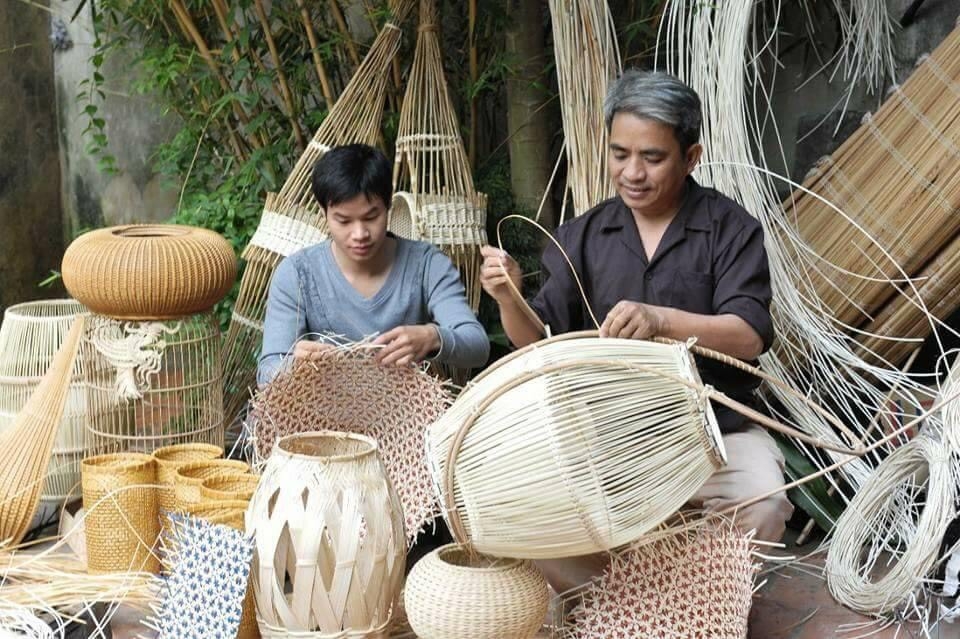 Photo Collection[/caption] In particular, developing craft villages associated with the market and international economic integration, promoting exports, in line with the strategy and orientation of sustainable socio-economic development, green growth, developing a closed-loop production model to save raw materials, protect the environment and adapt to climate change; applying digital technology in managing, promoting and promoting trade of craft village products. With the goal of restoring and preserving at least 129 traditional occupations and 208 traditional craft villages at risk of fading away, recognizing 213 new occupations and 96 traditional craft villages; developing about 301 craft villages associated with tourism, over 80% of craft villages and traditional craft villages operate effectively. 100% of workers in craft villages are trained, retrained, and trained to improve their vocational skills, occupational safety and hygiene skills, and basic information technology knowledge. At least 50% of craft villages have products with protected trademarks. The average growth rate of production value in craft villages is about 10% per year, increasing the export turnover of handicrafts from craft villages to about 6 billion USD, and 100% of production establishments and households in craft villages meet environmental protection regulations. [caption id="attachment_1259374" align="aligncenter" width="1200"]
Photo Collection[/caption] In particular, developing craft villages associated with the market and international economic integration, promoting exports, in line with the strategy and orientation of sustainable socio-economic development, green growth, developing a closed-loop production model to save raw materials, protect the environment and adapt to climate change; applying digital technology in managing, promoting and promoting trade of craft village products. With the goal of restoring and preserving at least 129 traditional occupations and 208 traditional craft villages at risk of fading away, recognizing 213 new occupations and 96 traditional craft villages; developing about 301 craft villages associated with tourism, over 80% of craft villages and traditional craft villages operate effectively. 100% of workers in craft villages are trained, retrained, and trained to improve their vocational skills, occupational safety and hygiene skills, and basic information technology knowledge. At least 50% of craft villages have products with protected trademarks. The average growth rate of production value in craft villages is about 10% per year, increasing the export turnover of handicrafts from craft villages to about 6 billion USD, and 100% of production establishments and households in craft villages meet environmental protection regulations. [caption id="attachment_1259374" align="aligncenter" width="1200"] 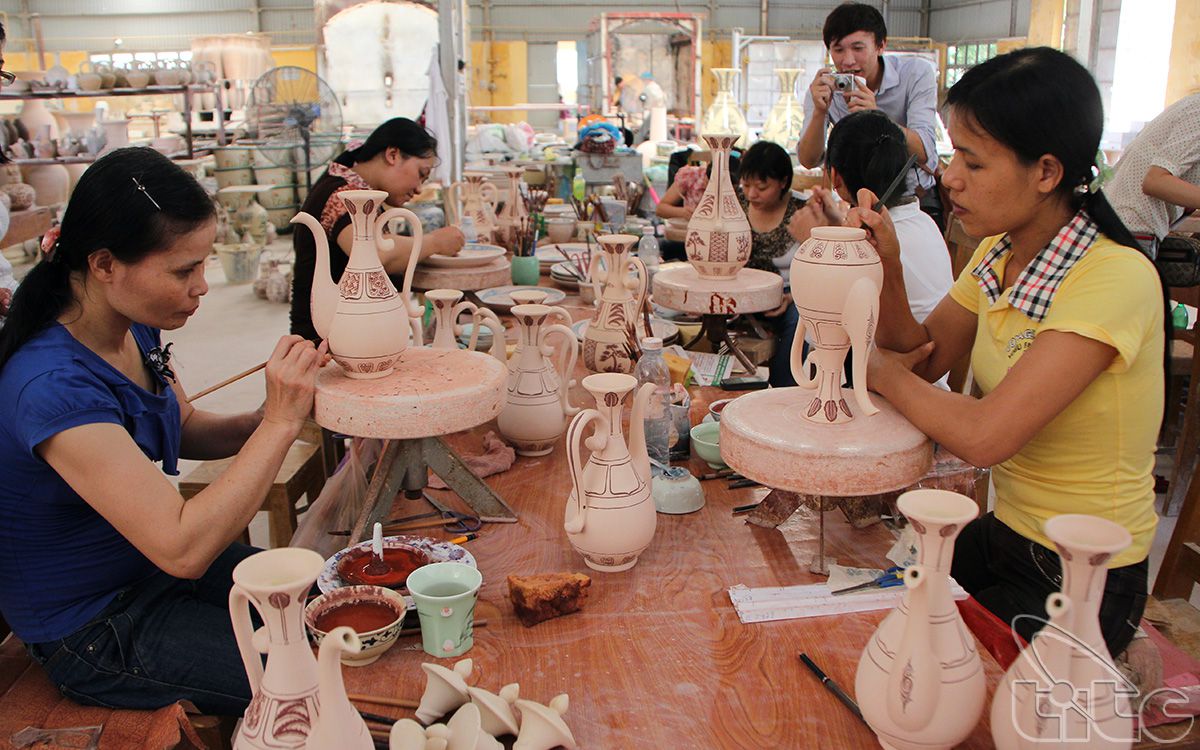 Photo Collection[/caption] In particular, developing craft villages associated with tourism and building new rural areas, along with restoring and embellishing relics related to cultural values of crafts, traditional craft villages, ancestral temples, craft spaces, craft village landscapes... restoring and organizing festivals, folk cultural activities, promoting cultural values of crafts and craft villages in building a cultural tourism environment. Organizing value chain linkages, developing craft villages associated with tourism, contributing to rural economic development and new rural construction. Developing new craft villages to ensure traditional cultural values, environmental friendliness and sustainable development. Restoring, preserving, and maintaining traditional cultural features in products, craft secrets, and at the same time designing new products suitable for the market, improving production capacity, product consumption and protecting the landscape and environment of craft villages. Promote the development of production and business of products according to market demand, suitable to local conditions through the forms of importing, learning, popularizing and replicating from models, craft villages and traditional craft villages that are operating effectively. Develop criteria and organize the assessment and classification of craft village activities in line with sustainable development goals; build and digitize a database system to serve the management, preservation and development of Vietnamese craft villages and crafts. Restore and preserve traditional crafts and traditional craft villages at risk of fading or being lost, collect, document and preserve sophisticated and unique traditional secrets and technologies, handed down products, traditional patterns and traditional festivals of craft villages. For crafts and craft villages that are fading and at risk of being lost: Identify preservation as the main focus; Conduct investigations and develop projects to maintain households or groups of households and artisans performing "performances" to preserve and pass on their professions and serve the needs of tourism and culture. For professions and craft villages facing difficulties: Support and create conditions for artisans, skilled workers and establishments in craft villages to maintain stable production of unique products to serve the daily life and festivals of the community, gradually develop products with high economic value, meeting the needs and tastes of domestic consumers and exports. Focus on developing craft villages that produce products with high economic value, high cultural content, and great export potential for processing agricultural, forestry and fishery products, rattan and bamboo weaving, ceramics, embroidery, inlay, lacquerware, jewelry, ornamental plants, etc. Build and organize the implementation of environmental protection plans, have self-management organizations for environmental protection, and production facilities and households in craft villages must comply with environmental protection requirements according to the provisions of law. Encourage the development of village conventions and conventions on environmental protection in craft villages. Develop markets and wholesale centers for raw materials and accessories to promptly supply production facilities in craft villages. Apply digital technology and digital transformation to improve production and business capacity, promote trade and develop tourism in craft villages. Promote domestic and international trade promotion activities, build and develop brands for craft village products according to trade promotion programs and plans, and the OCOP Program; Support production establishments and enterprises in craft villages to build electronic information pages to introduce and promote products and sell online. Build display and product introduction points at markets, shops, commercial centers, rest stops along national highways, and tourist destinations to promote, introduce, and consume products. In particular, reorganize craft village production in the direction of forming value chains from raw material areas, production to product consumption. Develop collective economy, attract enterprises, cooperatives, and cooperative groups to participate in value chains to provide services to production establishments, meet the requirements of traceability, effective quality management, and enhance product value. Strengthen propaganda to raise awareness of Party committees at all levels, authorities, organizations, individuals, and society about the role and importance of preserving and developing occupations and craft villages in socio-economic development, preserving national cultural identity.
Photo Collection[/caption] In particular, developing craft villages associated with tourism and building new rural areas, along with restoring and embellishing relics related to cultural values of crafts, traditional craft villages, ancestral temples, craft spaces, craft village landscapes... restoring and organizing festivals, folk cultural activities, promoting cultural values of crafts and craft villages in building a cultural tourism environment. Organizing value chain linkages, developing craft villages associated with tourism, contributing to rural economic development and new rural construction. Developing new craft villages to ensure traditional cultural values, environmental friendliness and sustainable development. Restoring, preserving, and maintaining traditional cultural features in products, craft secrets, and at the same time designing new products suitable for the market, improving production capacity, product consumption and protecting the landscape and environment of craft villages. Promote the development of production and business of products according to market demand, suitable to local conditions through the forms of importing, learning, popularizing and replicating from models, craft villages and traditional craft villages that are operating effectively. Develop criteria and organize the assessment and classification of craft village activities in line with sustainable development goals; build and digitize a database system to serve the management, preservation and development of Vietnamese craft villages and crafts. Restore and preserve traditional crafts and traditional craft villages at risk of fading or being lost, collect, document and preserve sophisticated and unique traditional secrets and technologies, handed down products, traditional patterns and traditional festivals of craft villages. For crafts and craft villages that are fading and at risk of being lost: Identify preservation as the main focus; Conduct investigations and develop projects to maintain households or groups of households and artisans performing "performances" to preserve and pass on their professions and serve the needs of tourism and culture. For professions and craft villages facing difficulties: Support and create conditions for artisans, skilled workers and establishments in craft villages to maintain stable production of unique products to serve the daily life and festivals of the community, gradually develop products with high economic value, meeting the needs and tastes of domestic consumers and exports. Focus on developing craft villages that produce products with high economic value, high cultural content, and great export potential for processing agricultural, forestry and fishery products, rattan and bamboo weaving, ceramics, embroidery, inlay, lacquerware, jewelry, ornamental plants, etc. Build and organize the implementation of environmental protection plans, have self-management organizations for environmental protection, and production facilities and households in craft villages must comply with environmental protection requirements according to the provisions of law. Encourage the development of village conventions and conventions on environmental protection in craft villages. Develop markets and wholesale centers for raw materials and accessories to promptly supply production facilities in craft villages. Apply digital technology and digital transformation to improve production and business capacity, promote trade and develop tourism in craft villages. Promote domestic and international trade promotion activities, build and develop brands for craft village products according to trade promotion programs and plans, and the OCOP Program; Support production establishments and enterprises in craft villages to build electronic information pages to introduce and promote products and sell online. Build display and product introduction points at markets, shops, commercial centers, rest stops along national highways, and tourist destinations to promote, introduce, and consume products. In particular, reorganize craft village production in the direction of forming value chains from raw material areas, production to product consumption. Develop collective economy, attract enterprises, cooperatives, and cooperative groups to participate in value chains to provide services to production establishments, meet the requirements of traceability, effective quality management, and enhance product value. Strengthen propaganda to raise awareness of Party committees at all levels, authorities, organizations, individuals, and society about the role and importance of preserving and developing occupations and craft villages in socio-economic development, preserving national cultural identity.Phuong Quang



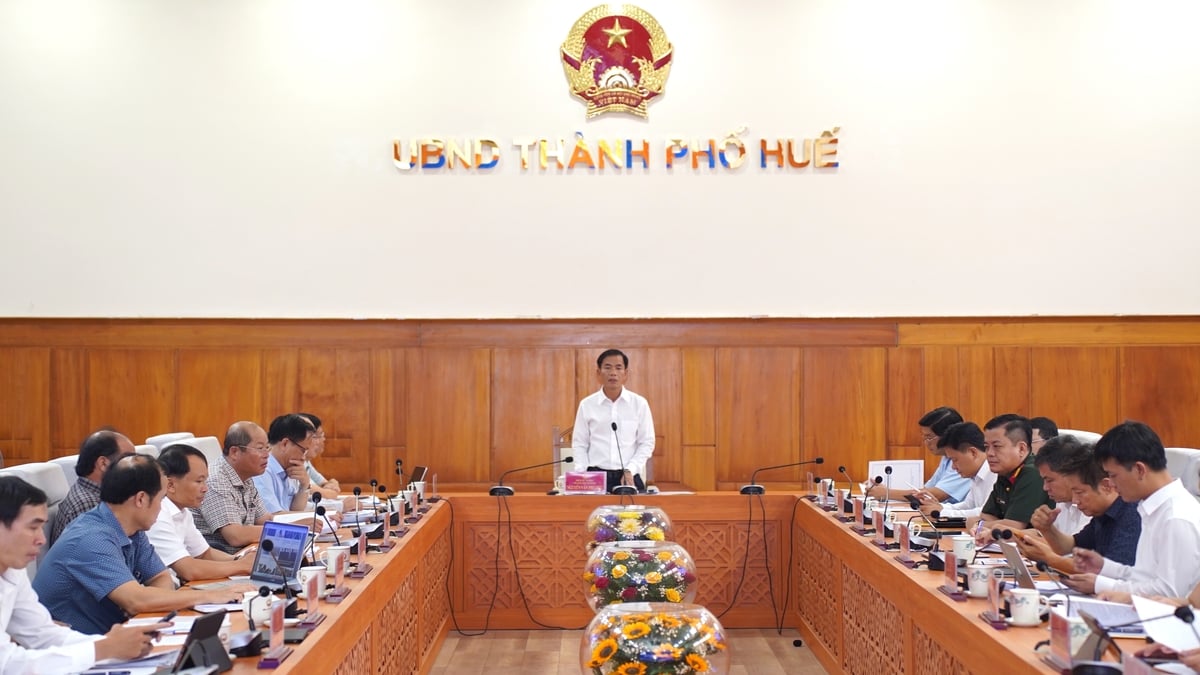



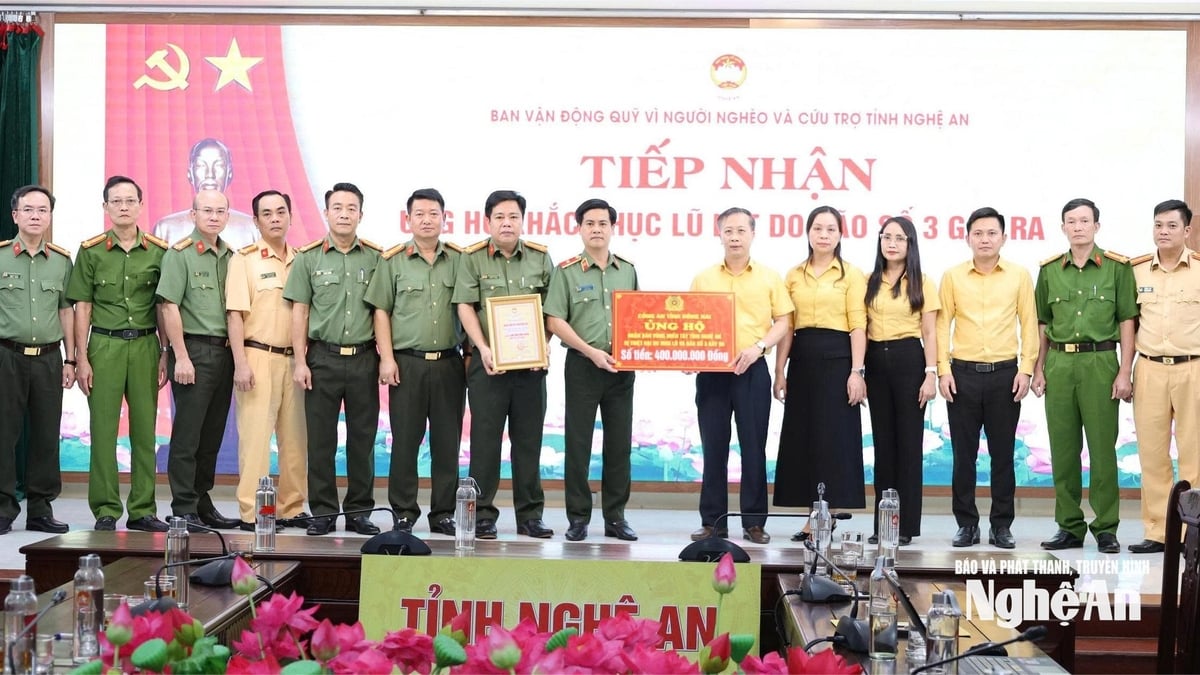
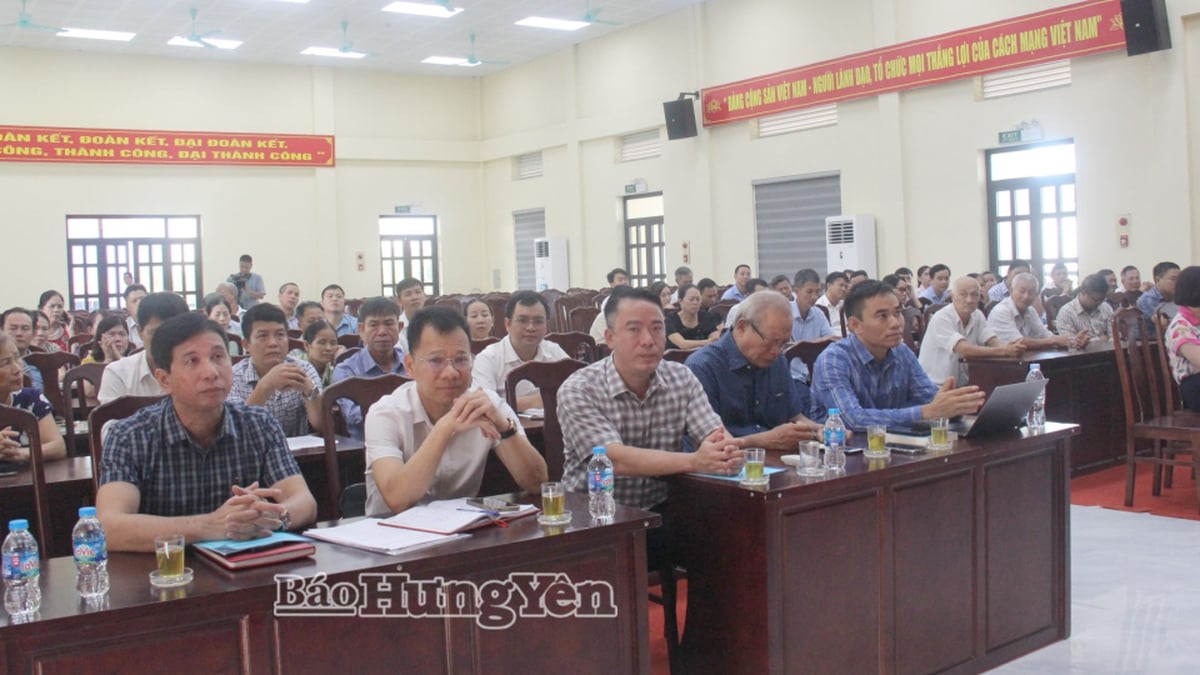

























































































Comment (0)